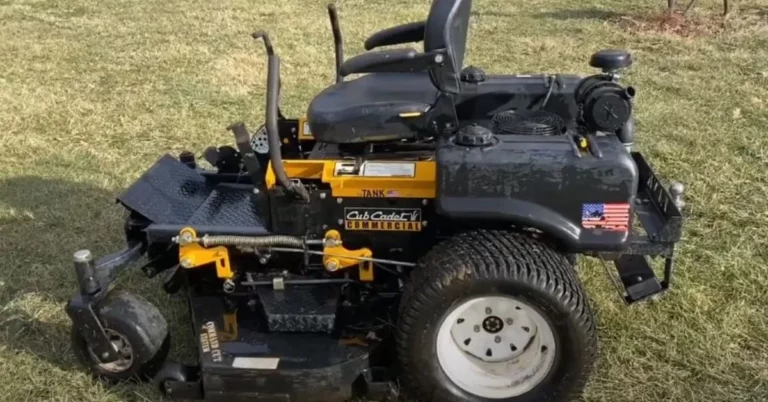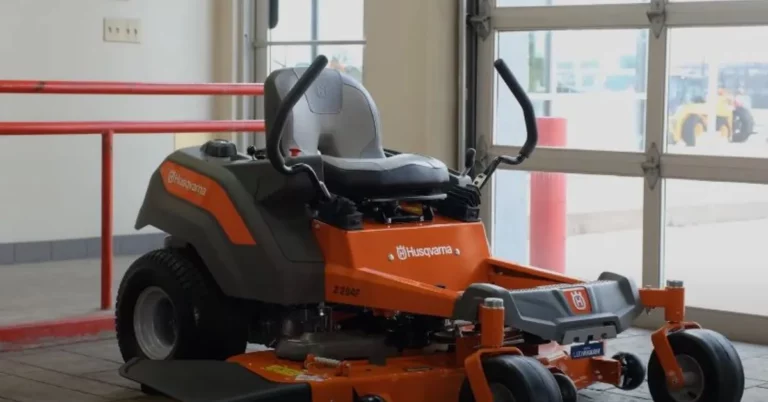Craftsman Lawn Tractor Transmission Problems
Has your beloved Craftsman lawn tractor suddenly started acting up after years of reliable service?
Don’t worry. You’re not alone. Many people find themselves in a similar situation, where their tractor suddenly stops without warning or struggles to move, especially on uneven terrain.
You may be dealing with Craftsman lawn tractor transmission problems.
Whether you have a hydraulic or manual transmission Craftsman tractor, most issues can be linked to dirt and debris accumulating in the tractor’s system. Clogged and damaged linkages, drive belts, shafts, and wheels can interfere with power transmission, causing frustrating performance issues.
In this article, I’ll be walking you through these problems, indicating why they might have affected your tractor and what you can do to identify them and fix them. Let’s get started.
4 Common Craftsman Lawn Tractor Transmission Problems
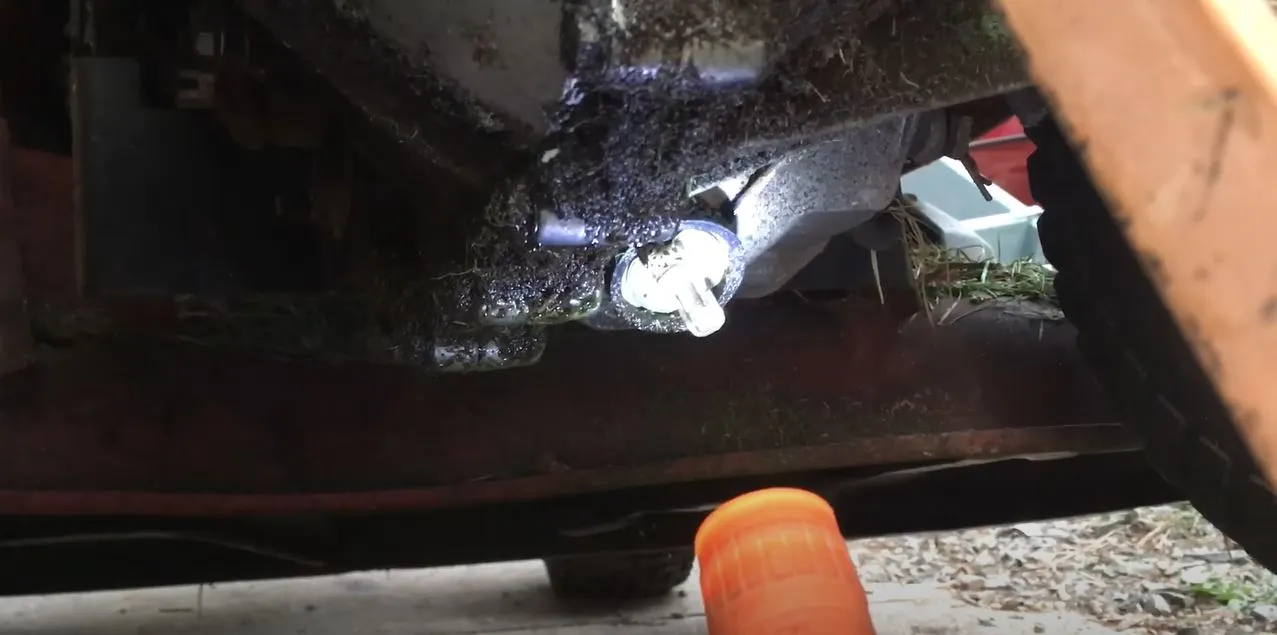
1. Transmission Fluid Leaks
When it comes to Craftsman lawn tractor transmission problems, one common issue that owners encounter is transmission fluid leaks.
These leaks can occur for several reasons, and it’s essential to identify the causes and symptoms to address the problem effectively.
Causes of Transmission Fluid Leaks
i. Worn or damaged seals
Over time, the seals in the transmission can weaken or become damaged, leading to fluid leakage.
ii. Loose or faulty fittings
Improperly tightened or faulty fittings can cause fluid to leak out of the transmission.
iii. Cracked or damaged transmission housing
A cracked or damaged housing can result in fluid leaks, compromising the overall integrity of the transmission system.
iv. Overfilled transmission
Excessive fluid levels can create pressure, causing leaks in the transmission.
Signs of Transmission Fluid Leakage
- After use, there are puddles of reddish fluid under the lawn tractor.
- The dipstick will indicate low levels of transmission fluid.
- Difficulty shifting gears or slipping transmission.
Also Read: John Deere 180 Transmission Problems
Solutions and repair options
Here are some potential solutions and repair options to consider:
i. Inspection and cleaning
Start by thoroughly inspecting the transmission system for visible leaks, damaged seals, or loose fittings. Clean up any buildup of dirt or debris contributing to the leaks.
ii. Seal replacement
If the cause of the fluid leak is worn or damaged seals, replace them to restore the transmission quality.
iii. Tightening fittings
If the leaks are due to loose or faulty fittings, tighten them properly or replace damaged components. Ensure that the transmission’s components are connected in a leak-free and secure manner.
iv. Repairing or replacing the transmission housing
In cases where the transmission housing is cracked or damaged, repairing or replacing it may be necessary. For a complete evaluation and the necessary repairs, consult a qualified technician.
v. Fluid level adjustment
If the transmission has too much fluid, drain the extra until the owner’s manual’s recommended level is reached. Avoid underfilling at all costs, as it may result in insufficient lubrication and possible damage.
2. Transmission Slipping
Transmission slipping is another frequent issue that can happen with Craftsman lawn tractor transmissions.
Transmission slipping refers to a situation where the transmission fails to maintain a consistent power transfer to the wheels, resulting in a loss of traction and decreased performance.
Causes of Transmission Slippage
i. Worn drive belt
The drive belt connecting the engine to the transmission may become worn over time, leading to slipping issues.
ii. Low transmission fluid levels
Insufficient fluid in the transmission can hinder the proper engagement of gears, causing slipping.
iii. Faulty clutch or torque converter
If the clutch or torque converter is malfunctioning, it can result in improper power transfer and slipping.
iv. Damaged or worn transmission gears
Over time, the gears in the transmission may become damaged or worn, leading to slipping.
Signs of Transmission Slippage
- Even when the engine is revving, there is a loss of acceleration and a speed reduction.
- Difficulty climbing slopes or inclines.
- Inconsistent power delivery to the wheels, causing jerking or surging movements.
- Overheating of the transmission due to increased friction.
Steps to Resolve Transmission Slippages
Here are steps you can follow to identify and address the slipping issue:
i. Check transmission fluid levels
Make sure the level of the transmission fluid is appropriate. If it is low, follow the owner’s manual’s instructions and add the suggested fluid. Make sure to fill out the right amount.
ii. Inspect the drive belt
Look for wear, cracks, or other damage on the drive belt. If necessary, replace the drive belt with a new one.
iii. Verify clutch and torque converter functionality
To ensure the clutch or torque converter is engaging correctly, test them. If there is a problem, call a qualified technician for a thorough analysis and possible fixes.
iv. Examine the gears
If all else checks out, inspecting the transmission gears for damage or wear may be necessary. Depending on the severity level, the affected gears may need to be repaired or replaced.
v. Adjust or replace components as needed
Replace any defective parts or make any necessary adjustments in accordance with the diagnosis. Follow the manufacturer’s instructions or consult a technician for the proper installation and calibration.
3. Gear Shifting Difficulties
Owners of Craftsman lawn tractors may have trouble changing gears, which can impair the vehicle’s smooth operation.
Causes of Gear Shifting Difficulties
Here are some common causes of gear-shifting difficulties:
i. Misadjusted clutch
A faulty clutch adjustment can prevent the gears from engaging properly, making it challenging to shift between gears smoothly.
ii. Worn or damaged gear linkage
Gear shifting issues may develop due to damage to the gear linkage mechanism over time.
iii. Low transmission fluid levels
Insufficient fluid can affect the lubrication and proper engagement of gears, resulting in difficulty shifting.
iv. Internal transmission issues
Gear shifting issues can result from internal transmission issues like damaged gears.
Steps to fix Gear Changing difficulties
Here are some troubleshooting tips and potential fixes to consider:
i. Check clutch adjustment
Ensure that the clutch is appropriately adjusted according to the manufacturer’s specifications. Improper clutch adjustment can lead to difficulties in gear engagement. Adjust or replace the clutch as necessary.
ii. Inspect gear linkage
Examine the gear linkage mechanism for any indications of damage or imbalance. Lubricate the linkage and replace any broken or worn-out parts. Ensure the connection is correctly adjusted to facilitate smooth gear shifting.
iii. Verify transmission fluid levels
Insufficient fluid can affect gear engagement, leading to shifting difficulties. Verify the transmission fluid level and top it off as necessary.
iv. Conduct a transmission flush
If the transmission fluid is old or contaminated, consider performing a transmission cleansing to remove debris or impurities that hinder gear shifting.
4. Transmission Noise
When operating a Craftsman lawn tractor, unusual noises from the transmission can indicate underlying problems.
Common Transmission Noises
Here are some common types of transmission noises to be aware of:
i. Whining noise
A high-pitched whining sound often indicates a problem with the transmission fluid level or a faulty bearing within the transmission.
ii. Grinding or clunking noise
A creaking or grinding noise may suggest issues with the gears, such as worn or damaged gears.
iii. Rattling or buzzing noise
A vibrating or buzzing noise can result from loose components like fasteners or shields.
iv. Squealing noise
A squealing noise during gear engagement or operation may indicate a loose or worn drive belt or a problem with the pulleys.
Causes and Solutions for Transmission Noise Issues
Understanding the potential causes of transmission noise in your Craftsman lawn tractor can help you address the problem effectively.
Here are some potential causes of noise-related problems and their solutions:
i. Low or contaminated transmission fluid
Insufficient or contaminated fluid can lead to inadequate lubrication, causing noise. Check the transmission fluid level and condition. If low, top up with the recommended fluid.
If the transmission fluid is contaminated, you should flush it and replace it with new fluid.
ii. Worn or damaged gears
Over time, gears can wear out or become damaged, resulting in grinding or clunking noises. In such cases, inspect the gears for signs of wear or damage.
If necessary, replace the affected gears and associated components.
iii. Faulty bearings
Noises caused by failing bearings can indicate the need for replacements. Identify the specific bearings causing the noise and replace them with a professional technician.
iv. Loose or damaged components
Vibrating or buzzing noises can be caused by loose or damaged parts within the transmission system. Inspect the transmission for any loose bolts, shields, or brackets.
Tighten or replace them as needed.
Also Read: John Deere Hydrostatic Transmission Problems (Fixed)
v. Worn or loose drive belt
A squealing noise may result from a worn or loose drive belt. Look for wear or tension problems on the belt. The manufacturer’s recommendations should be followed when replacing the drive belt and adjusting the tension.
Frequently Asked Questions
How often should I change the transmission fluid in my Craftsman lawn tractor?
Usually, it is advised to change the transmission fluid every 50-100 hours of operation or once a year, whichever comes first.
Regularly changing the transmission fluid helps maintain optimal performance and lubrication and extends the lifespan of the transmission components.
What is the ideal cutting height for my Craftsman lawn tractor?
As a general guideline, set the cutting height between 2.5 and 3.5 inches for most residential lawns.
However, it becomes necessary to raise the cutting height for longer grass. Try out various heights to see which suits your lawn the best.
Can I use third-party components for repairs on my Craftsman lawn tractor?
While third-party parts are available for Craftsman lawn tractors, it is generally recommended to use genuine Craftsman parts for repairs. Genuine parts are designed specifically for your tractor model and ensure optimal compatibility and performance.
However, if you choose to use aftermarket parts, ensure they meet the required specifications and quality standards to avoid potential issues.
Conclusion
Addressing transmission problems in your Craftsman lawn tractor is crucial for optimal performance and longevity.
Whether it’s fluid leaks, slipping, gear shifting difficulties, or noise-related issues, understanding the causes and implementing the appropriate solutions is critical.
Regular maintenance, timely repairs, and seeking professional assistance when needed, will ensure that your lawn tractor operates smoothly, allowing you to tackle your lawn care tasks easily.
Take proactive steps to address transmission problems and enjoy a reliable and efficient Craftsman lawn tractor for years.

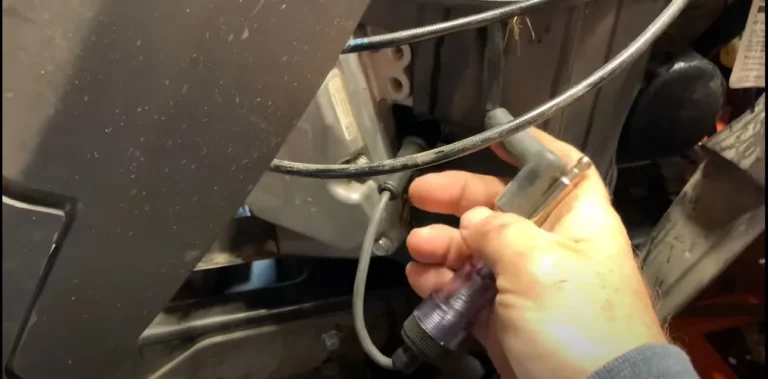
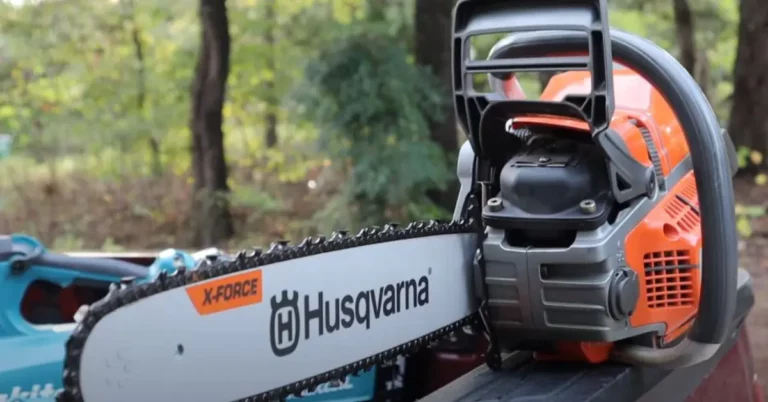
![7 Common Kubota Zero Turn Mower Problems [Fixed]](https://yardcurator.com/wp-content/uploads/2023/01/7-Common-Kubota-Zero-Turn-Mower-Problems-Fixed-768x385.webp)
